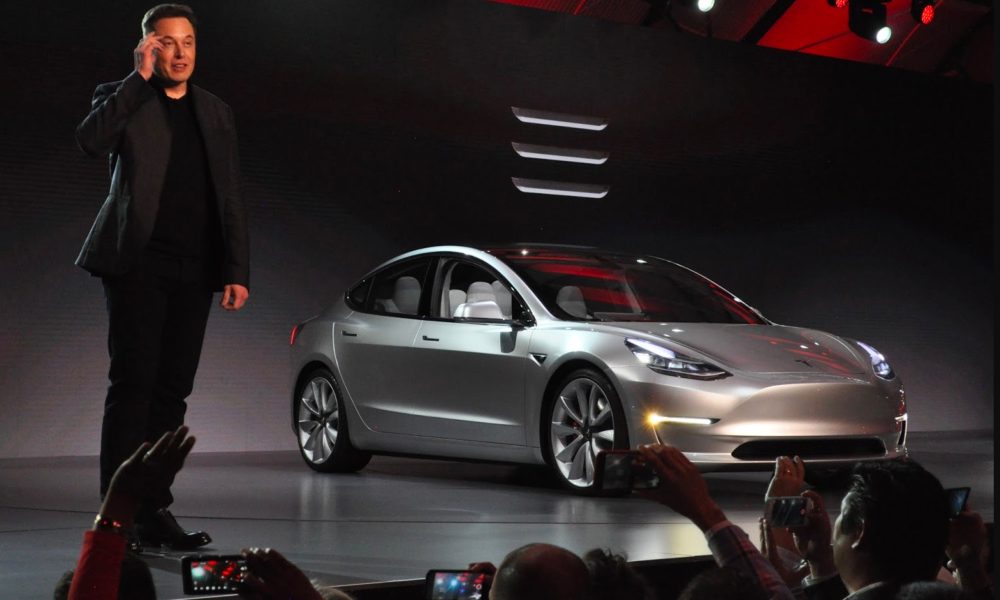The U.S. Air Force recently made a surprising choice by selecting the Tesla Cybertruck for munitions training and testing. This decision was revealed in government filings that were made public, showing that the Air Force was seeking to purchase 33 vehicles for its Special Operations Command. Among these vehicles, two Cybertrucks were specifically requested.
Unlike traditional vehicles used for target practice, the Cybertruck presents a unique challenge due to its durability against gunfire. One filing mentioned that the Cybertruck is more capable than typical vehicles and is believed to be used by enemy forces for this reason. The government stated that the Cybertruck has proven its durability against major impacts, making it a suitable target for testing in real-world situations.
This choice is not without precedent, as Chechen warlord Ramzan Kadyrov previously installed a turret on a Cybertruck, claiming that Elon Musk remotely disabled it. This further underscores the vehicle’s reputation for strength and resilience.
In a market research conducted by the military to find comparable vehicles to the Cybertruck, the unique design and materials of the pickup set it apart from competitors. The Cybertruck’s angular and futuristic design, unpainted stainless steel exoskeleton, and 48V electrical architecture make it stand out in terms of both aesthetics and functionality.
Despite some criticism of the Cybertruck’s reliability and quality issues, such as a recent recall for body panel disconnects, the NHTSA’s Safety Recall Report indicates that only a small percentage of Cybertrucks are affected. This further demonstrates the vehicle’s overall strength and reliability, making it a suitable choice for military training purposes.
In conclusion, the Tesla Cybertruck’s selection for munitions training by the U.S. Air Force highlights its exceptional durability and innovative design. Despite some detractors, the Cybertruck’s performance and capabilities have earned it a place as a target for military testing and training.

